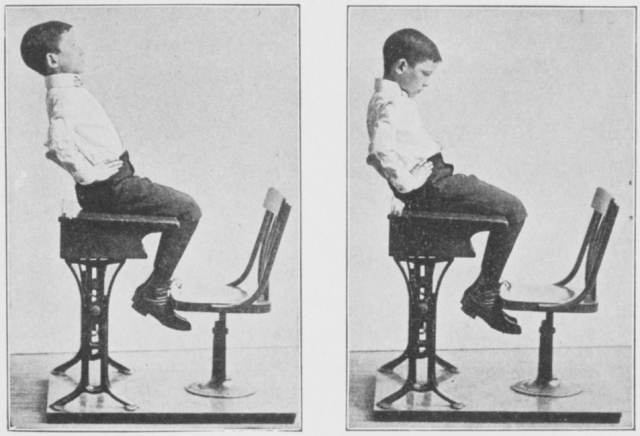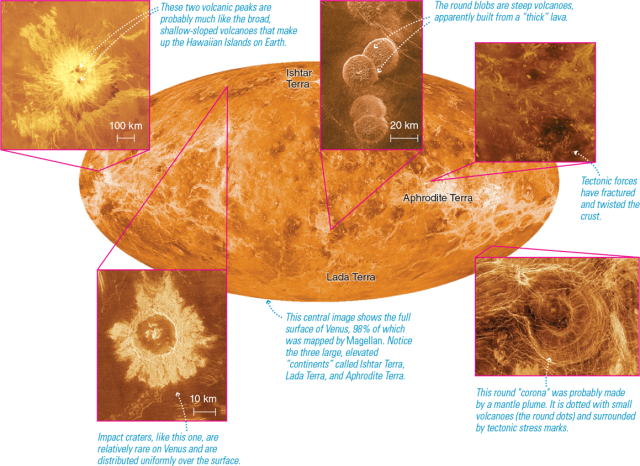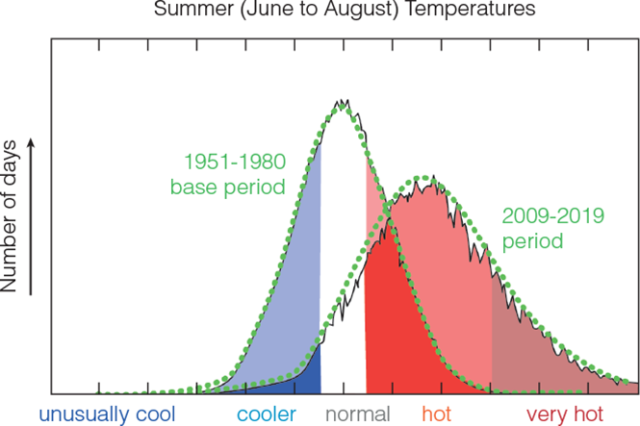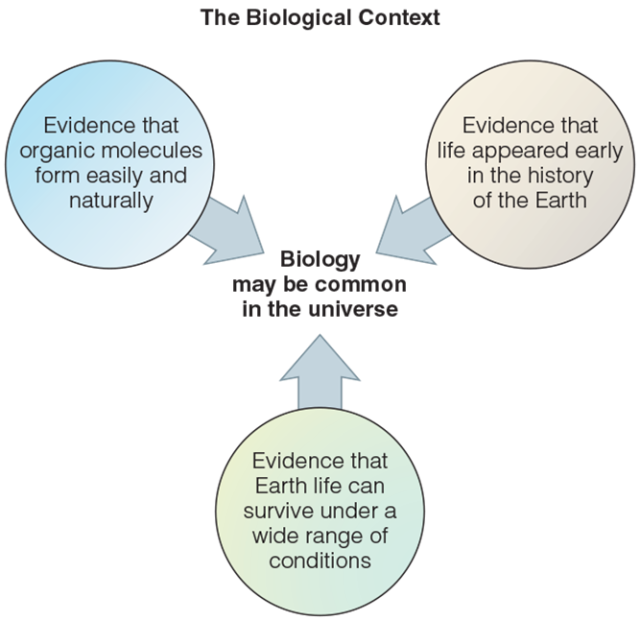What do we need from you?
A Word document that includes alt text for each of your vital images in a list, similar to how you might write a list of figures and their captions. Submit this with the rest of your manuscript documents.
What is alt text?
Alternative text (or alt text) is a short description that is digitally attached to figures and images. It is meant to convey the “why” of an image as it relates to the text around it for those who need assistance interpreting the image. Alt text can be read aloud to users by screen reader technology, improves discoverability because it is indexed by search engines, and can display on a webpage if the image fails to load. It should be provided for all non-decorative images within a text and should be descriptive, concise, and convey the essential information or function of the image.
Why alt text?
Alt text is an essential element of making digital tools like ebooks or websites accessible to everyone. Because alt text conveys the content of an essential image with words instead of visuals, many different kinds of people rely on alt text in ebooks: people with visual impairments may use a screen reader that reads the description aloud; people with a variety of other disabilities that make image comprehension difficult or distracting may rely on descriptions rather than visuals; and people who cannot access a device that can adequately display images may rely on alt text to understand the images.
Making content accessible is the ethical choice, and it is also required by the European Accessibility Act (EAA), which enters into force in July 2025. You can read about PUP’s public commitment to EIB and accessibility here.
Alt text is a powerful way to expand the reach of a book, and to ensure enjoyment and comprehension for anyone who wants to read your book. Put simply, it is an essential act of care for both your work and your readers.
Good alt text
Good alt text requires knowledge and expertise of the subject matter—it is just as much a part of a book as any other written text. There is often no better person to write alt text for an image than the person who chose the image, as they can convey intention and essential information behind the image as precisely as possible.
What is the story or meaning you intended to convey with the illustrations or diagrams included in the book? Good alt text answers this question; it is not just a literal explanation. For example, a picture of a woman kicking a football might have been selected because of the setting, the woman, the kick, or the uniform, and the context determines the best description:
- Woman kicking a ball on a summer day.
- Michelle Akers playing in the 1991 USA team uniform.
- A player scoring a goal from the left-hand side of the six-yard box, using their right foot.
- Michelle Akers scoring the game-winning goal in the World Cup Final.
Here are a few things to keep in mind when writing alt text:
- Good descriptions are concise but describe what’s in your images accurately enough to understand their context. Alt text should strive to be under 100 words, but never less than 10 words. Alt text on average is 25 to 30 words long. Alt text specifically for web images should be about 140 characters.
- Never start your alt text with “image of” as this will be obvious to the user.
- Include any essential text or data that’s part of the visual, for example when describing a poster or graffiti.
- Screen reading software does not read formatting in alt text, so do not use things like bullet points or exclamation marks in alt text descriptions.
- Alt text should not contain additional information a sighted person or one not using a screen-reader would miss.
- Do not repeat descriptions or text already provided in the caption or surrounding text. Images that already have a caption describing the image may not need additional alt text. When images are completely described by their caption or surrounding text, consider identifying them as decorative images by writing “decorative, no alt text needed” in your alt text document.
- Conclude your alt text with a full stop/period (this allows for a pause in the screen reader before it continues onto the next body of text).
- Alt text will be edited along with the captions and manuscript.
Examples
Short description
Example from Slouch: Posture Panic in Modern America by Beth Linker

Caption: FIGURE 28. APL President Jessie Bancroft and her colleagues preferred exercises that did not require specific machinery or expensive gym equipment, opting for movement that could be incorporated into everyday life. Here is one example of a student undertaking posture exercises in the classroom, not in a gym. Jessie H. Bancroft, The Posture of School Children: With Its Home Hygiene and New Efficiency Methods for School Training (New York: Macmillan Co., 1913), 235.
Alt text: Two black-and-white photos of a white boy seated on a desk. He is demonstrating a posture-correcting exercise in the first photo and slouching in the second.
Alt text for textbooks
Examples from Life in the Universe, 5th edition, by Jeffrey Bennett, Seth Shostak, Nicholas Schneider, and Meredith MacGregor

Caption: The surface of Venus, as revealed by radar observations from the Magellan spacecraft. Bright regions in the radar images represent rough areas or higher altitudes.
Alt text: Radar image of Venus shows ongoing geological activities on its surface. Five insets show close-ups of the surface (clockwise from left); two broad, shallow-sloped volcanic peaks; several round blobs depicting steep volcanoes; the fractured twisted crust; a round corona dotted with small volcanoes and surrounded by stress marks; an impact crater.

Caption: This graph shows the change that has occurred in typical summer temperatures for the period 2009–2019 compared to the baseline period 1951–1980; the labels along the bottom are for the baseline period. Notice that the entire curve has shifted to the right, and that the recent “normal” temperature (the peak of the curve) is what would have been considered “hot” just a few decades ago. (More technically, these curves show temperatures normalized over all land locations in the Northern Hemisphere.) Data from James Hansen and Makiko Sato, Climate Science, Awareness, and Solutions, Columbia University Earth Institute.
Alt text: A graph shows the consequences of global warming for the 2009 to 2019 period when compared with the base period of 1951-1980. The temperature curve has shifted to the right toward hot and very hot, becoming more widely dispersed with a heavy tail toward very high temperatures.

Caption: This diagram summarizes the biological context based on the study of life on Earth, which adds to the astronomical and planetary contexts and gives us at least some reason to think that biology may be common among the many potentially habitable worlds in the universe.
Alt text: In a circular infographic titled The Biological Context, three factors suggest that biology may be common in the universe. These factors are: studies on earth’s organic molecules, early proof of life, and perseverance and survival under all sorts of conditions.
Resources
- Short Image Descriptions (aka alt text)
- Long Descriptions (extended image descriptions)
- Books Without Barriers
If you have further questions, ask your editor or editorial assistant.